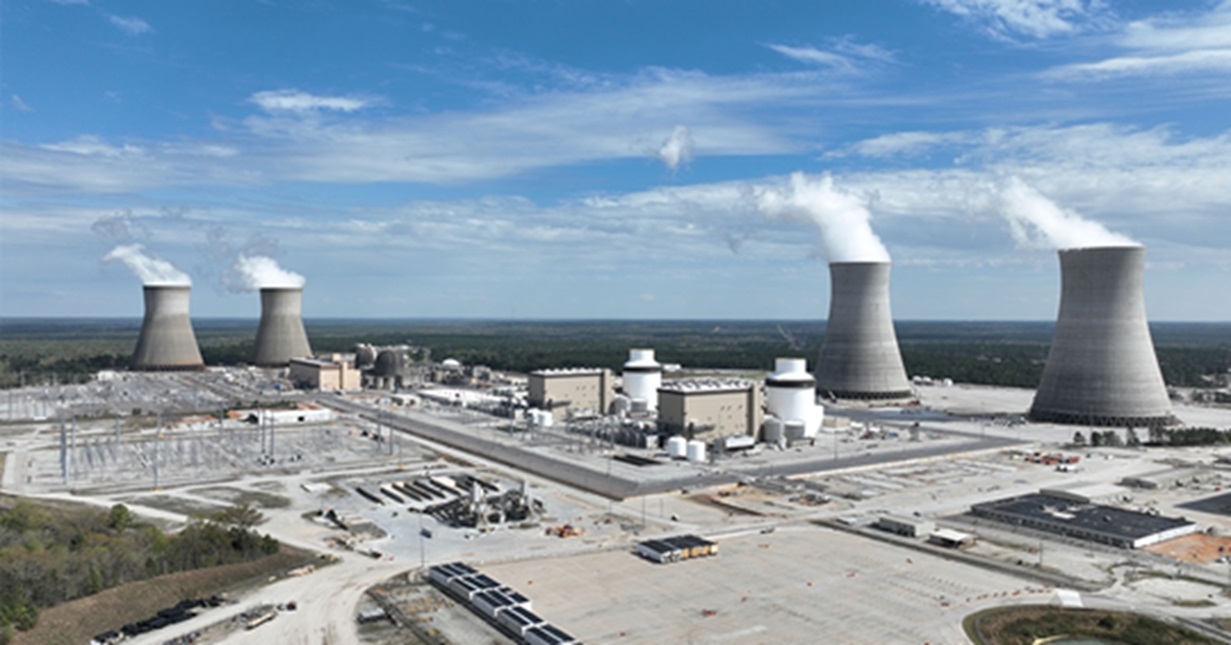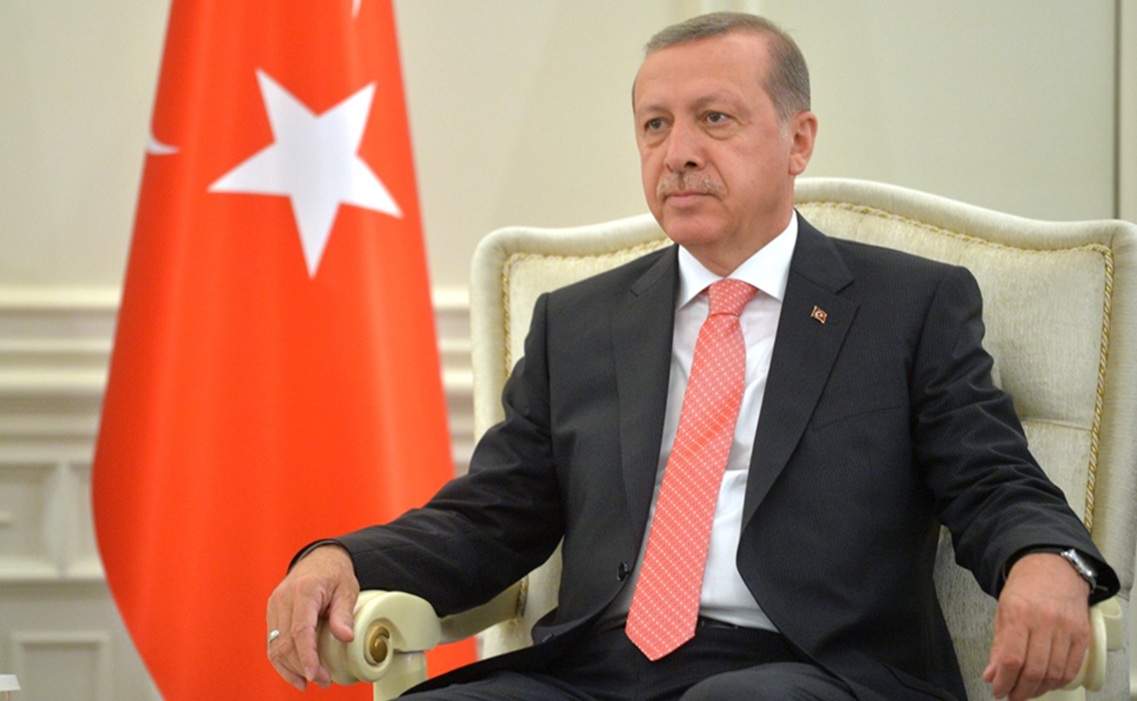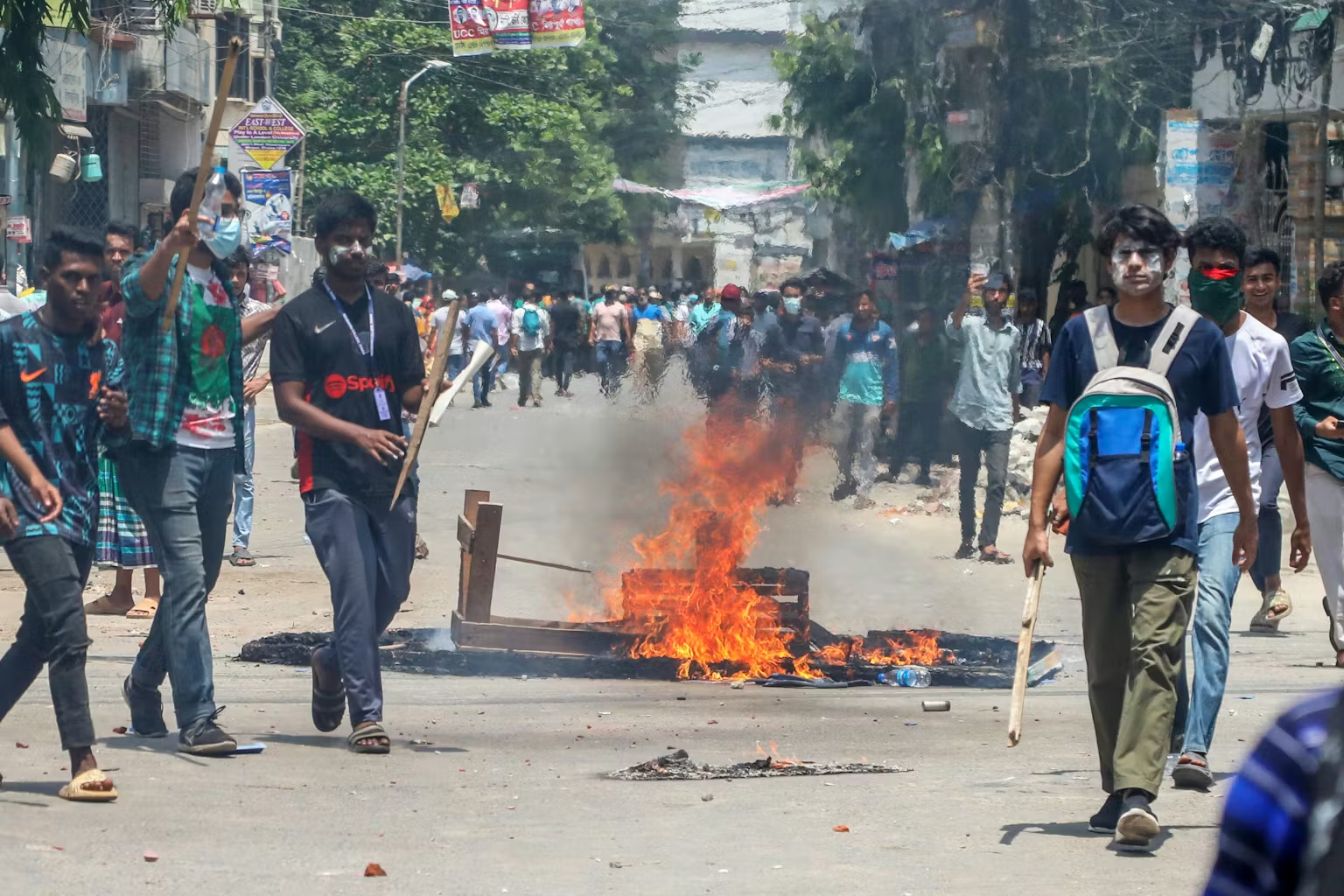In traditional international relations analysis, nuclear capability has tended to be conceived in terms of deterrence. Not entirely unexpectedly, given the historical spectre of Hiroshima and Nagasaki, the post-Hiroshima postulates of Mutual Assured Destruction (MAD), and the ongoing anxieties about nuclear proliferation, this is only to be expected. Yet, such a limited conceptualisation may do a disservice to a more profound and complex involvement that nuclear technology also has in contemporary statecraft. Civilian nuclear capability, in theory tapped for peaceful energy production, has become a powerful strategic nuclear tool for states, even non-nuclear ones. Its use is not in the explosive power of the bomb but in the insidious and multi-faceted manner it influences alignments, deploys technological status, and creates geopolitical leverage.
Nuclear Power as Alliance Capital
Perhaps the least appreciated aspect of nuclear power is its power to tie states into long-lasting strategic alliances. The building, running, and maintenance of nuclear reactors require extended technological collaboration, legal contracts, and, in many instances, fuel supply reliance. This establishes a form of alliance entrenchment, so-called technostrategic dependency.
Consider, for instance, the United Arab Emirates (UAE), which in 2009 entered into a historic agreement with South Korea to construct the Barakah nuclear power plant. It was not just an energy deal; it was a declaration of the UAE’s westward strategic tilt and South Korea’s new position as a middle-power nuclear supplier. It also deepened UAE-South Korea defence relations, such as the deployment of South Korean troops in the UAE for training purposes—a very rare phenomenon in Gulf security arrangements.
In the same manner, India’s civilian nuclear cooperation agreements, particularly the 2008 U.S.-India Civil Nuclear Deal, have been used as strategic glue. The agreement, which had the effect of bringing India out of its nuclear isolation in spite of its non-signatory status to the Non-Proliferation Treaty (NPT), was a signal of a significant shift of global power. Rather than reactors or uranium shipments, the deal represented American acceptance of India as a responsible nuclear state, and by extension, a balancing counterweight to China. It was a reward for India’s record of nuclear restraint in the diplomatic sphere, and it cleared the way for more comprehensive defence and technology collaboration between Washington and New Delhi.
Nuclear Infrastructure as Strategic Leverage
Civilian nuclear power is also a representation of modernity and state capability. In a world system in which appearances are just as vital as substance, nuclear energy programs provide states with the ability to show scientific capability, bureaucratic control, and industrial savvy. This prestige is particularly vital for rising powers that desire to be recognised in the global community.
Take the cases of Brazil and Argentina. In the latter part of the 20th century, the two nations pursued parallel nuclear programs that were both competitively motivated yet status-seeking. Their final cooperation under the ABACC (Brazilian-Argentine Agency for Accounting and Control of Nuclear Materials) not only minimised regional tensions but also enabled both to present themselves as responsible custodians of advanced technology.
Even nations distant from weapons aspirations view nuclear capability as a sign of national development. Egypt, for example, has consistently sought to reactivate its nuclear power program as not only a solution to energy deficits but as an emblem of Nasserist ambitions and scientific renaissance. Indonesia and Turkey have also placed their nuclear aspirations in the context of being indications of 21st-century preparedness. That they are frequently postponed or financially questionable makes no difference to their symbolic capital.
Prestige, in such a context, is not narcissism—it is a soft power asset. A state with the capability to master the nuclear fuel cycle or run a reactor under IAEA controls sends the message to the world that it is one of an elite group of technologically advanced and norm-following states.
Nuclear Infrastructure as Strategic Leverage
Aside from alliance-building and prestige, nuclear installations also serve as strategic leverage—both internally and externally. Internally, governments are likely to deploy nuclear energy programs for the accruing of political power, building patronage networks, and justification of huge infrastructure spending. Externally, nuclear energy programs can become bargaining chips in regional diplomacy or tools of influence within international organisations.
Japan, on the other hand, is a form of leverage that is unique. Being the only nation attacked with nuclear weapons and still being a significant nuclear energy producer, Japan enjoys a robust civilian program viewed by most analysts as a possible deterrent. Its mastery of the entire nuclear fuel cycle, including reprocessing plant facilities, makes it have the technological capability to go nuclear within months if its security scenario deteriorates. This “turn of the screwdriver” capability, never officially enshrined as doctrine though, plays a humble role in Tokyo’s strategic deliberations, especially in the context of rising China and nuclear-armed North Korea.
Civilian Programs and Normative Power
There is also a normative aspect to civilian nuclear strategy. By staying under the cover of international regulations and staying within export regimes such as the Nuclear Suppliers Group, states can establish moral high ground for themselves in global debates on non-proliferation. This is particularly significant for states such as India that have previously been criticised for being outside the NPT.
With responsible civilian programs, these nations establish a record of good statecraft that can be used to secure membership in global institutions of international governance—be it the NSG, the IAEA Board of Governors, or even the UN Security Council. Nuclear capability is not just a source of energy or status symbol anymore, but also a prerequisite for leadership on the global stage.
Rethinking Power: Beyond the Bomb
If we extend our definition of power beyond the strictly military, we see that nuclear energy facilities, even under their civilian guise, serve as a tool of strategic leverage. That leverage need not take the form of deterrence in the classical sense, but it has an enormous impact on allies, enemies, and global institutions alike.
It is thus time to rephrase the term atoms for peace, which has been employed for so long to characterise civilian nuclear power. Peace may be the avowed objective, but strategy is the ubiquitous partner. Whether it is the geopolitics of the uranium supply chain, the dominance of Russian-designed reactors in Eastern Europe, or Chinese Hualong One reactors being exported as part of the Belt and Road Initiative, the peaceful atom is now irrevocably a part of global power politics.
Conclusion
Nuclear power, even as a civilian presence, is never unpolitical. It is an extension of technological prowess, an instrument of alliance consolidation, and a tool of regional and global leverage. Although it won’t deter in the traditional military sense, it most assuredly influences strategic conduct.
The strategic value of the peaceful atom lies exactly in its ambivalence: it is developmental and threatening, peaceful and dynamic, symbolic and tangible. To states looking to increase their standing without going nuclear, civilian nuclear energy presents a powerful and underemphasized option.
Title image courtesy: https://www.energy.gov/
Disclaimer: The views and opinions expressed by the author do not necessarily reflect the views of the Government of India and Defence Research and Studies







